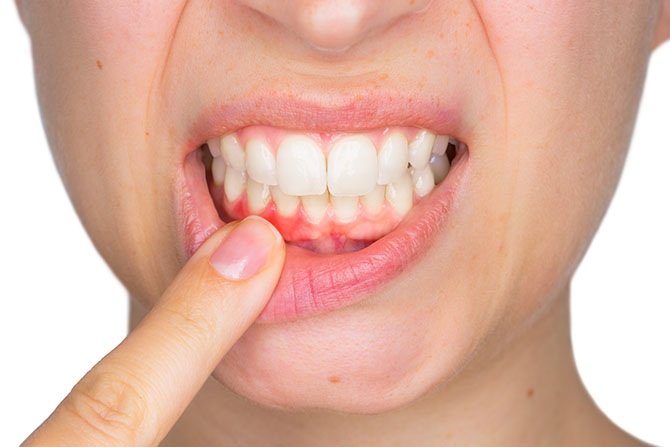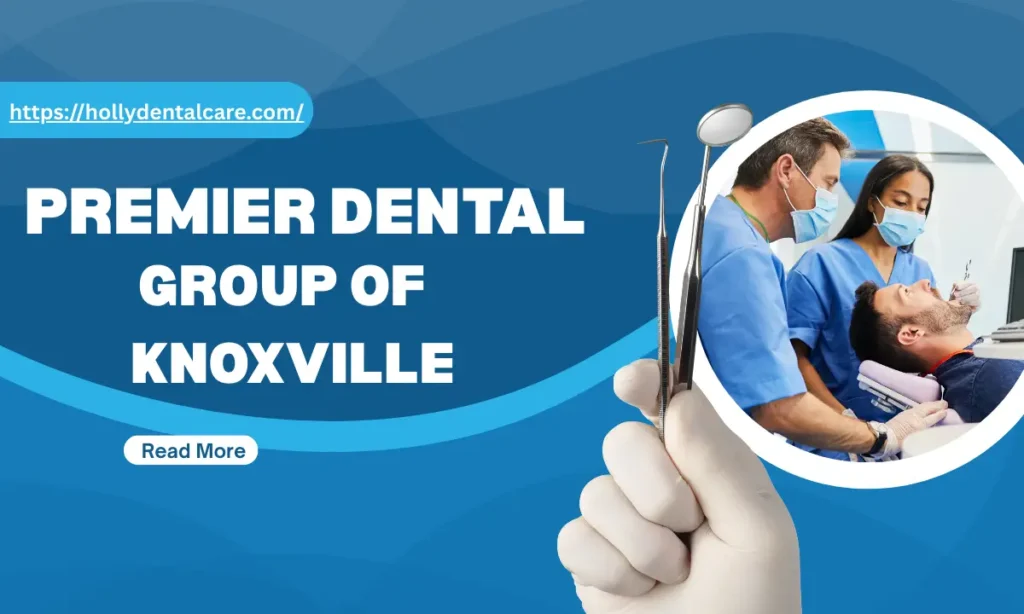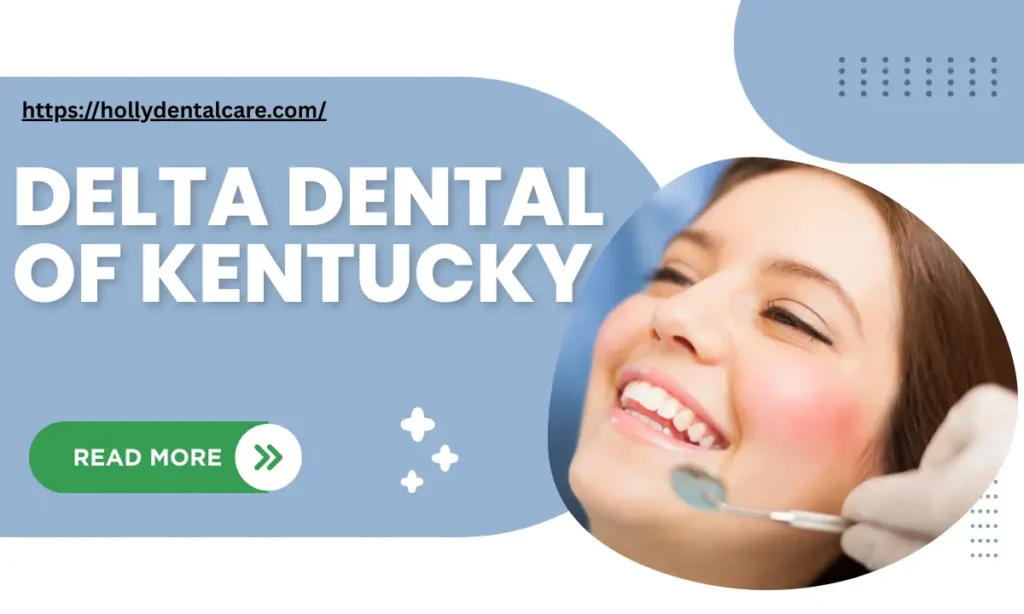1. Inflammation as a Common Factor
Both varicose veins and dental problems are influenced by chronic inflammation. In the case of varicose veins, inflammation contributes to the weakening of vein walls and valves. Similarly, gum disease results from an inflammatory response to bacterial plaque.
When inflammation becomes systemic—often triggered by untreated periodontal disease—it may affect blood vessels throughout the body, including those in the legs. This inflammatory cascade can exacerbate existing vein issues or contribute to their development.
2. Circulatory Complications
Poor circulation is central to varicose veins. But circulatory problems can also affect oral health. Reduced blood flow to the gums can impair the immune system’s ability to fight infection, allowing bacteria to flourish. Conversely, poor oral health can introduce bacteria into the bloodstream, potentially aggravating vein inflammation and increasing the risk of blood clots or deep vein thrombosis.
This bidirectional relationship highlights how circulatory and oral systems are deeply intertwined.
3. Bacterial Spread and Endothelial Damage
When dental infections go unchecked, bacteria can enter the bloodstream—a condition known as bacteremia. These pathogens can travel throughout the body and may damage the inner lining of blood vessels, known as the endothelium.
Endothelial dysfunction is a known contributor to venous insufficiency. Once blood vessel walls are compromised, they become more prone to dilation, inflammation, and clot formation—all of which play a role in the development of varicose veins.
Shared Risk Factors You Shouldn’t Ignore
Several risk factors increase the likelihood of developing both varicose veins and dental issues. These include:
- Age: Older adults are more susceptible to both gum disease and vein deterioration.
- Smoking: Tobacco use negatively affects both blood vessels and oral tissues.
- Poor diet: High-sugar, low-nutrient diets contribute to plaque buildup in both arteries and gums.
- Diabetes: This condition affects circulation and makes gum disease more likely.
- Lack of routine care: Ignoring regular dental check-ups or vein screenings allows silent conditions to worsen.
Recognizing these overlapping risk factors offers an opportunity for early intervention on both fronts.
What You Can Do: A Holistic Approach to Health
Given the link between varicose veins and dental problems, it’s essential to take a whole-body approach to wellness:
- Maintain consistent oral hygiene: Brush twice a day, floss daily, and visit the dentist regularly.
- Exercise regularly: Boost circulation to reduce vein pressure and improve gum health.
- Eat anti-inflammatory foods: Leafy greens, fatty fish, and berries help fight inflammation.
- Stay hydrated: Good hydration supports both gum tissue and blood flow.
- Address vein issues early: Don’t ignore leg swelling or visible veins—consult a specialist.
If you’re experiencing symptoms of varicose veins, it’s time to take action. Visit Texas Vein Experts for a comprehensive evaluation. Their team specializes in advanced, minimally invasive treatments that can improve your quality of life and reduce your risk of complications.
Final Thoughts
While the mouth and legs may seem far apart, your body functions as one interconnected system. The health of your veins and gums can influence each other more than you might expect. By caring for both your oral and vascular health, you’re investing in a stronger, healthier future—one that supports you from head to toe.



